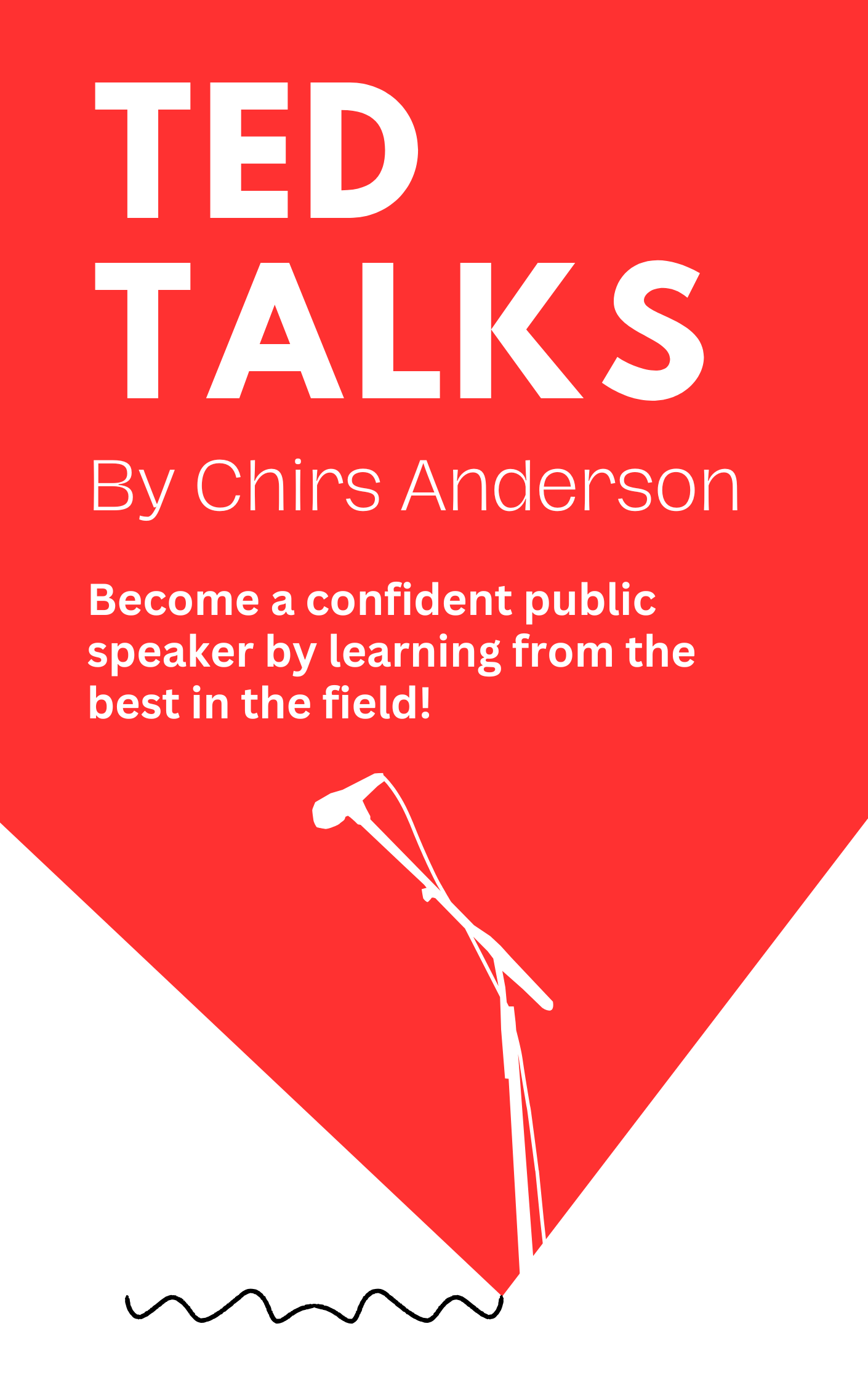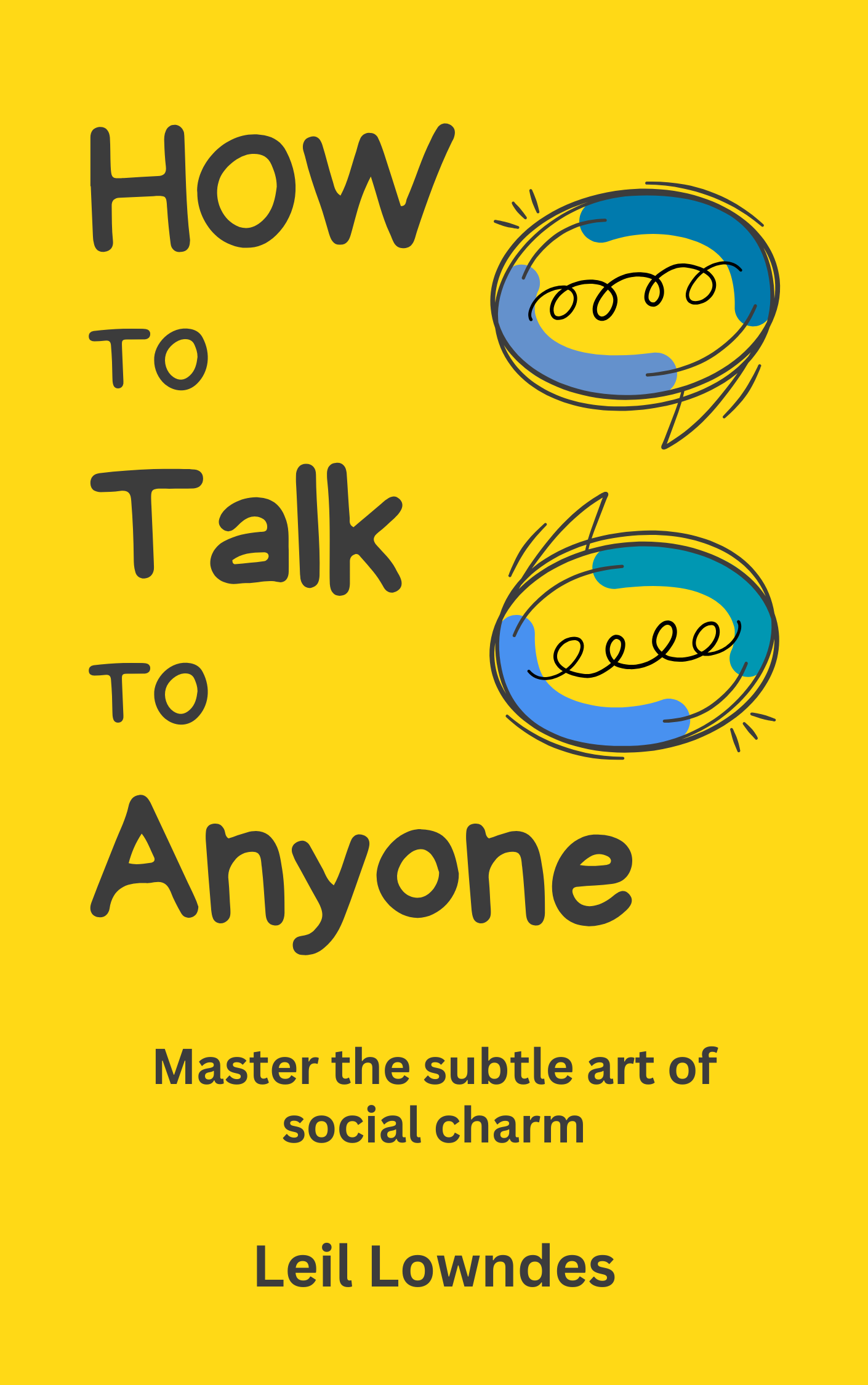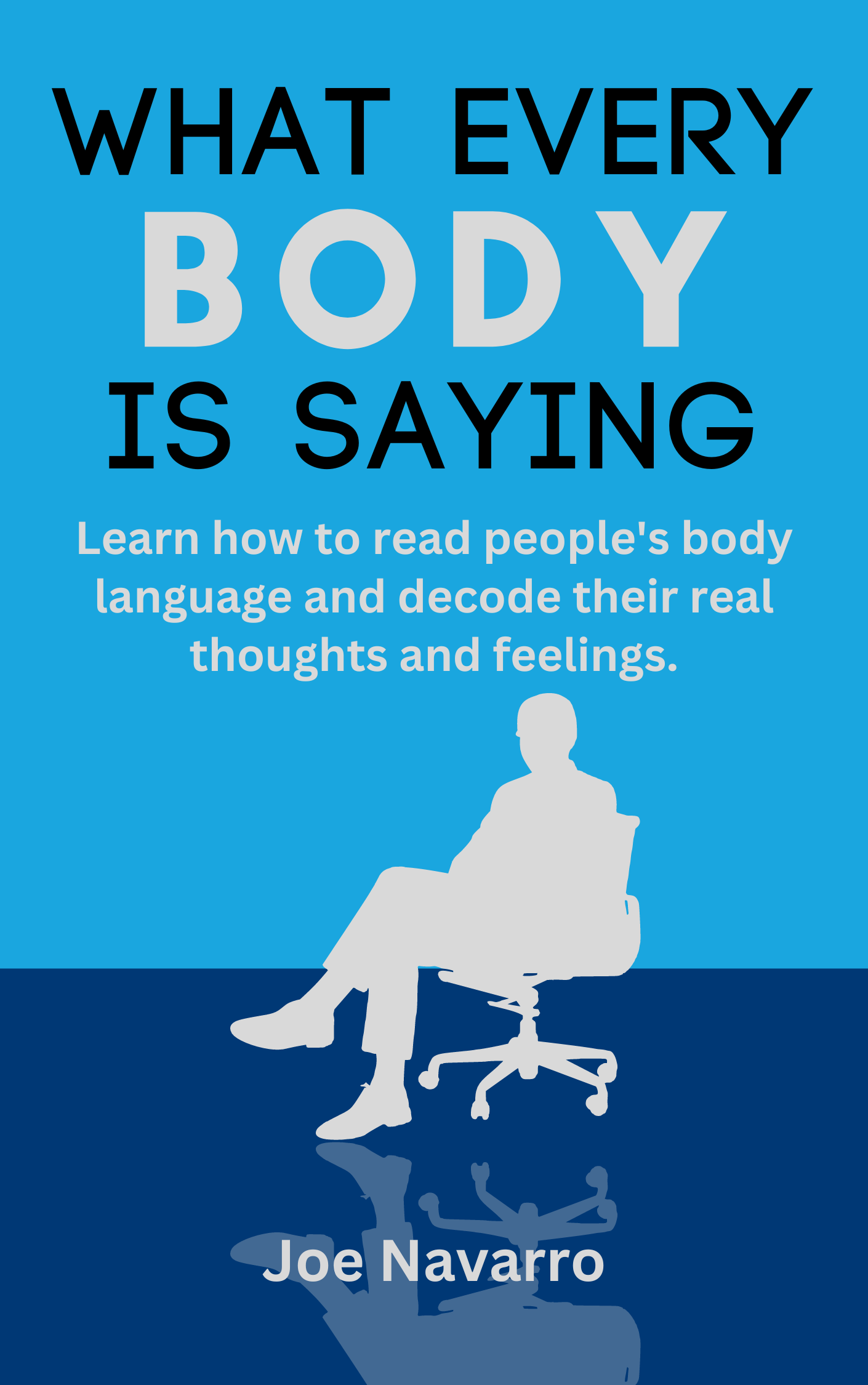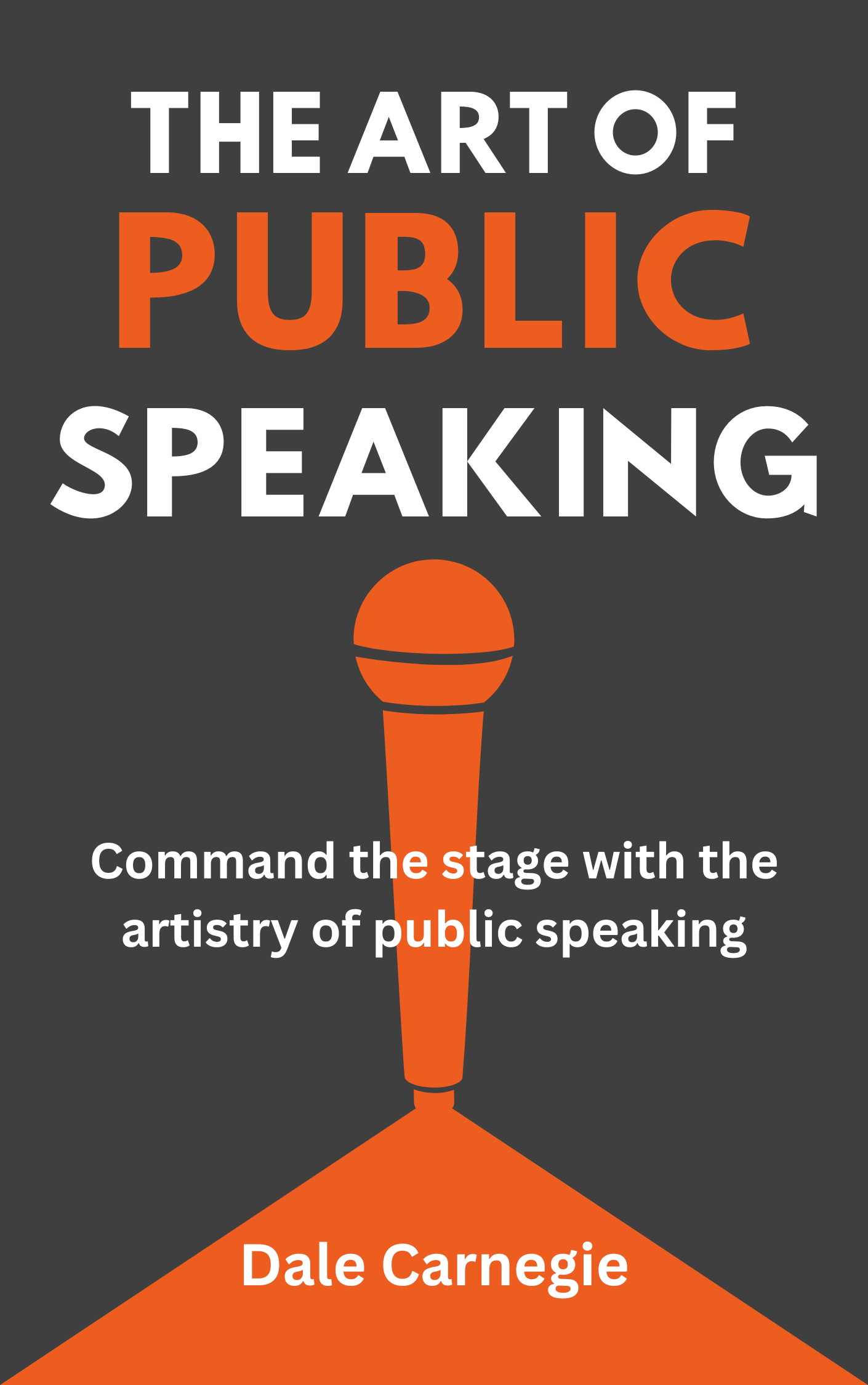Introduction
So you've been asked to give a speech and you feel like you've been given a death sentence. Your mind is racing with thoughts of panic - will you forget what to say? What if you freeze up? The audience will be able to see you shaking! If this is anything like you, then this book is the Gospel!! It will help give your ideas the confident voice they deserve.
Can you even imagine the lost potential of not sharing your knowledge due to the fear of speaking publicly. Don't let fear hold you back - it's time to step into the spotlight and own that stage! Learn how to wow that crowd through Chris Anderson's TED Talks.
TED Talks: The Official TED Guide to Public Speaking (2016) by Chris Anderson is a New York Times bestseller and an official guide to public speaking. The author shares tips on how to be more effective on stage and reveals how to unlock empathy from the audience. TED Talks show how carefully crafted short talks elicit empathy and enthusiasm, forging an instant connection between the speaker and the audience.
Anderson is an entrepreneur and has been the curator of TED (Technology, Entertainment and Design) for the last 15 years. The TED conference is held in Vancouver, Canada every year and is one of the most famous public speaking platforms in the world.
The Power Of Public Speaking As A Communication Tool
Eye contact with the audience is a great method to grab attention!
Look, eye contact is a huge deal. When you make eye contact with someone as you're speaking, they can get a real sense of your character. It's almost a primal way to assess if someone is trustworthy. Have you ever noticed how hard it is to lie to someone while looking them in the eyes? Same goes for a speech. Maintain eye contact with the audience and it helps them feel like you're being open and honest with them. They'll be able to see the confidence and passion you have for the topic. So do not hesitate to get personal!
Now, let's get down to the psychology of it all to help you win over that crowd. First thing to remember is no two audiences can be similar, so there's not gonna be a one size fits all. But generally speaking, humans are not naturally inclined to accept new ideas. You see, we're basically idea-rejection machines, programmed to send back any mental information that doesn't match our already existing beliefs! Think something mundane, like giving up coffee. Multiple studies on its harms won't stop a coffee addict from drinking it, right? Instead, an individual will always try to defend their perspective and worldview. Any new information that challenges an established view is looked at with mistrust.
So, as a speaker, you have to make space for this mistrust and put in extra effort to disarm the audience. How? Case in point: get personal! Eye contact is one thing. Also, be vulnerable. Work that blush in your favor! You feel awkward or newvous, so be it. Allow the audience to see you as a human being. And they will let their guard down and try to listen to what you have to say.
Next up on our agenda: a 5-step process to simplify a complex topic.
It is easy to talk about complex topics by using this 5-step process.
Consider the use of visuals if necessary.
Videos and pictures have become a daily part of our life now. We benefit from the visual medium. But, overuse of captivating visuals might not always work in the case of a talk. Other than ensuring your images are visually pleasing and engaging for your intended audience, you also need to strike a balance between the number of images and number of ideas. Get it wrong, and your words might lose their impact on your audience.
The limited time frame during a talk means that a speaker needs to form and maintain a connection with the audience. A picture or video might interrupt that connection. So, think before taking help from the visual medium. Its utility depends on the content of your talk. For instance, a lecture given on a personal subject does not require slides. But, if you are talking about the brilliance of a painter, sharing his paintings works in your favour. So, in some cases, visual aid helps to reveal more knowledge on a topic. So, keep in mind that you're helping your content with visuals, and not messing it up.
Now, the use of visuals is all well and good, but don't forget the main thing. Get those words right, with help from the next section.
To Script Or Not To Script
How does one best prepare for giving a killer speech? Should meticulous scripting rule the day or does speaking freely unlock one's inner muse? The answer, it seems, comes down to a simple yet profound question: What makes you comfortable?
Imagine you're Daniel Kahneman, world-renowned Nobel laureate, a champ at holding audiences, rehearsing a TED talk on some awesome topic on which you're basically the expert. But despite your expertise, you struggle to recall key points, pausing awkwardly mid-sentence. Why could that be? TED once strictly forbade lecterns and scripts, valuing spontaneity above all. But they learned the hard way that when a speaker tries conforming to an unnatural style, quality suffers.
TED broke their rules and allowed Kahneman his notes. His resulting talk was a smash hit, his genius no longer obscured. What made his talk truly captivating was that he presented it in his own distinctive voice rather than trying to imitate someone else’s style. As TED discovered, the magic ingredient for public speaking is simply being yourself.
So how best to prepare? Should you carefully script every word in advance or speak from the heart? The answer depends on what makes you feel self-assured. Confidence unlocks our potential. Without it we second-guess ourselves, get lost in details, and fail to connect with our audience.
If scripting your speech helps organize your thoughts, then go with it. Scripts lend clarity. You can trace if key points flow logically or if unnecessary tangents are distracting you. And it has the time management factor - It assists fitting concepts neatly into allotted time slots. The downside? Scripts risk sounding stale, robotic, lacking originality. On the other hand, speaking off-the-cuff can summon fresh inspiration in the heat of the moment. Words flow vibrantly when our minds are present. But lacking an outline, important ideas may be omitted. You could lose your train of thought or something.
So, in short you gotta determine what balance helps you shine. Then once you’ve discovered the formula for displaying your one-of-a-kind you, your ideas will surely captivate any audience.
Next up, we explore how you can make your clothes do the work for you and engage your audience.
Dress to Impress or Comfort First?
Let's reimagine the art of dressing for the stage. First things first, what's your go-to outfit for slaying the days with confidence and grace? Rather than squeeze into the latest fashions like an imposter, consider that ensemble, which is uniquely you!
But here's a hard truth: we do judge books by covers, whether consciously or not. So, with random choices, you risk standing out. What if you glided on stage sporting a sharp three-piece suit while the audience relaxed in jeans and tee shirts? Yikes! We can practically see the barriers forming, before you've even uttered a word? And now imagine if instead you sauntered out in ripped jeans and a graphic tee as others donned crisp business attire? This too could undermine credibility, leaving the impression you just rolled out of bed.
So you gotta blend in. Blending in suggests respect for context. On that note, don't forget to ask if there's a dress code. If there is, problem solved! If not, you'll have to put in some research.
For one, suppose your talk undergoes video recording. Digital can mess up appearance real bad. Certain patterns, colors and textures translate oddly on film. Stark contrasts in black and white attract too much focus, diminishing content. Busy prints shimmer distractingly. And the list can go on and on! So, here's a tip for you: see these factors as helpful filters rather than fixed criteria.
While valuable to note technical and social considerations, make comfort the tie-breaker. Your perfect outfit should exude self-assurance. It should feel like a second skin rather than a costume. Reflect: what clothing would help you speak freely, unencumbered by doubts or distractions? Identify that outfit and make it yours.
Now that we have it all sorted to the T, let's tackle the elephant in the room. Nervousness!
It's just a speech. Tame that fight or flight!
We've established that speaking to a crowd can be thrilling. Hearts race, palms sweat, pulses quicken. The nervous energy bubbling up inside, threatening to boil over. That feeling rides the line between exciting thrill and paralyzing fear. So, without proper handling, that adrenaline rush can go from exciting to panic attack real quick.
So how do we stop those sizzling nerves from burning out of control?
First, reframe the fear. Recognize it as proof you care deeply. Harness it as fuel to prepare thoroughly. Repeat the speech over and over until polished and confident. As the saying goes - practice makes perfect! Use that adrenaline rush for good instead of letting it sabotage you.
Now for tricks to tame nerves in the moment. First, connect with friendly faces. Scan for supportive smiles, making mini bonds. Instead of presenting to intimidating blank stares, you feel supported to succeed. It’s like having your own little cheer section! Also, numb a dry mouth with a sip of water now and then. Ever felt tongue-tied from cottonmouth? Hydration is key to speaking clearly.
Next, don't underestimate breathing. Seriously, nice deep inhales and long smooth exhales. Give it a try right now and see how you feel less entangled. Center yourself with three slow breaths. Remember the tranquility of the ocean tide going in and out. Mimic that steady rhythm. It's a simple hack for flooding your body with chill-out chemicals.









